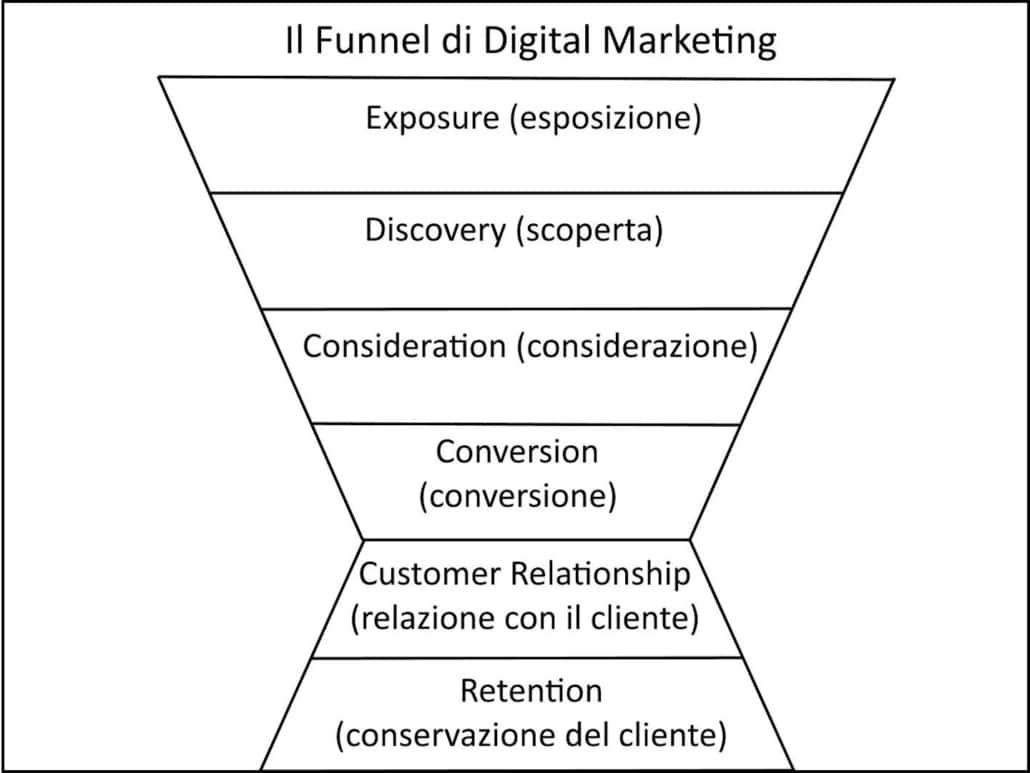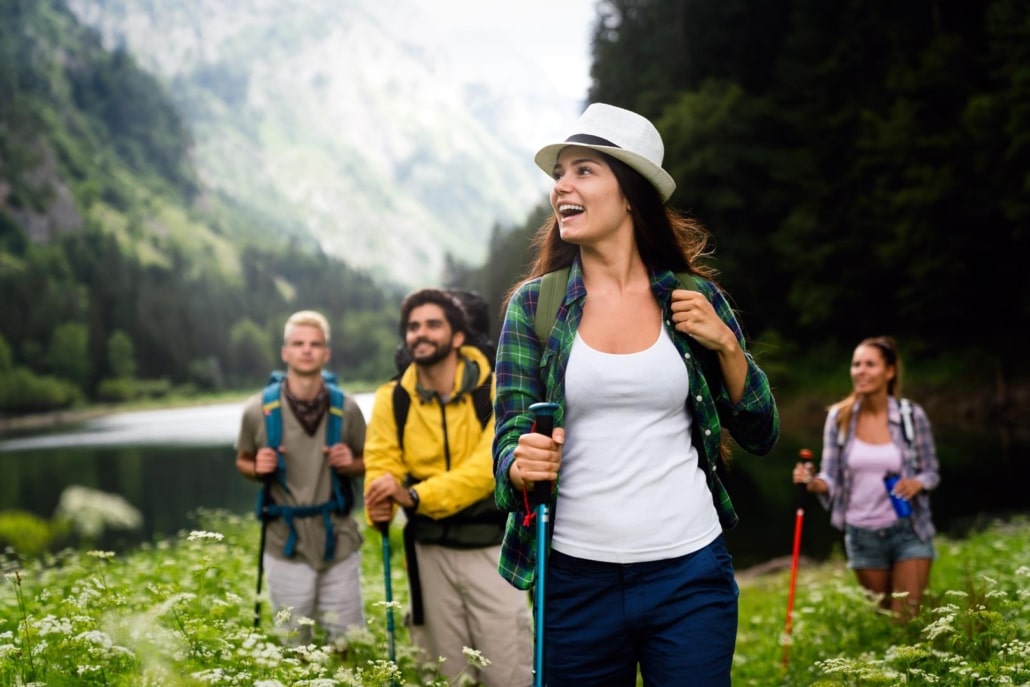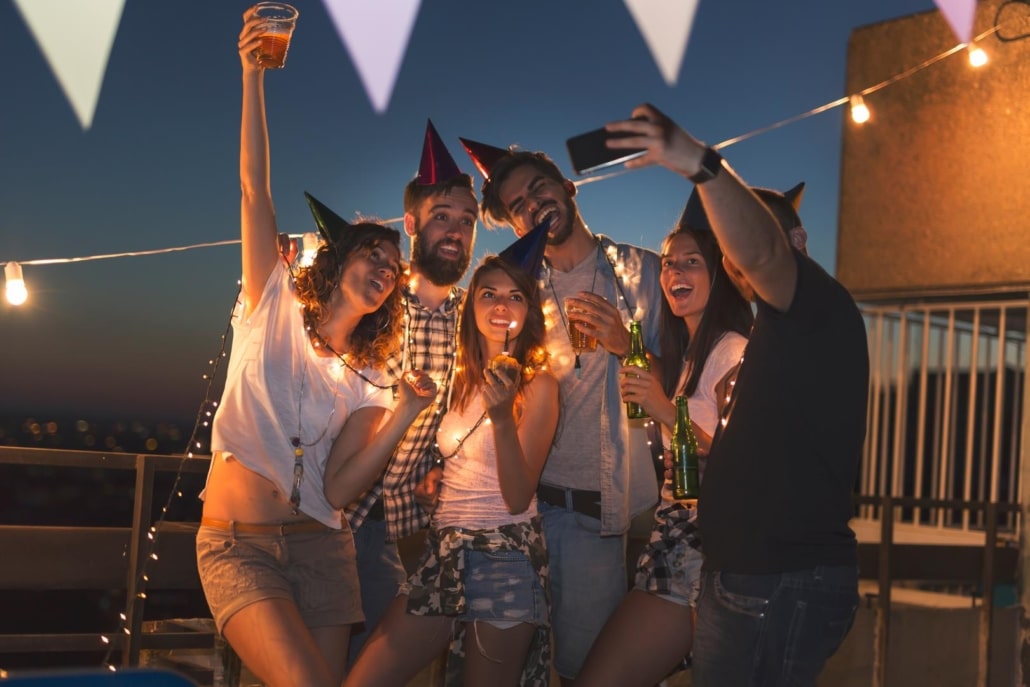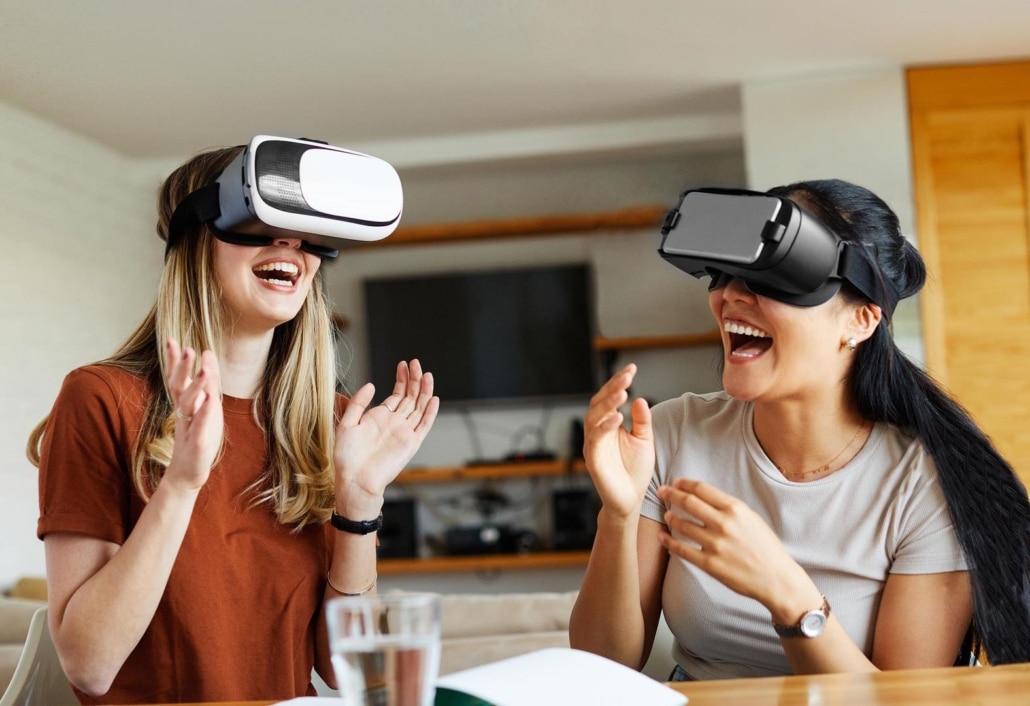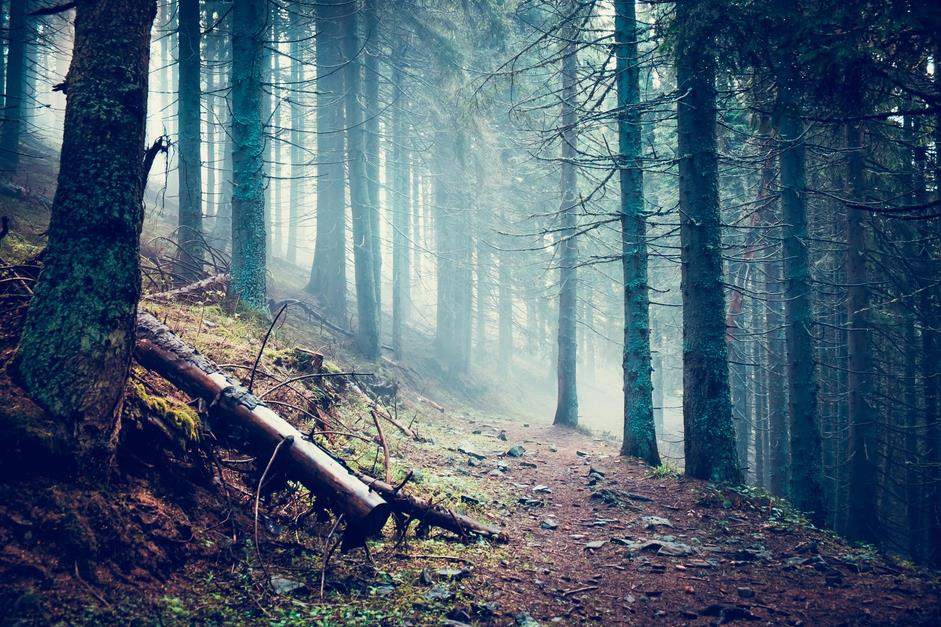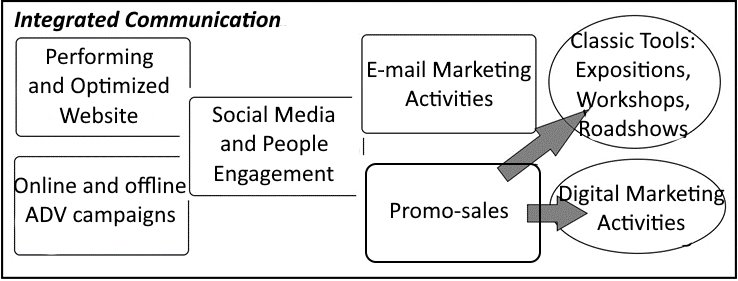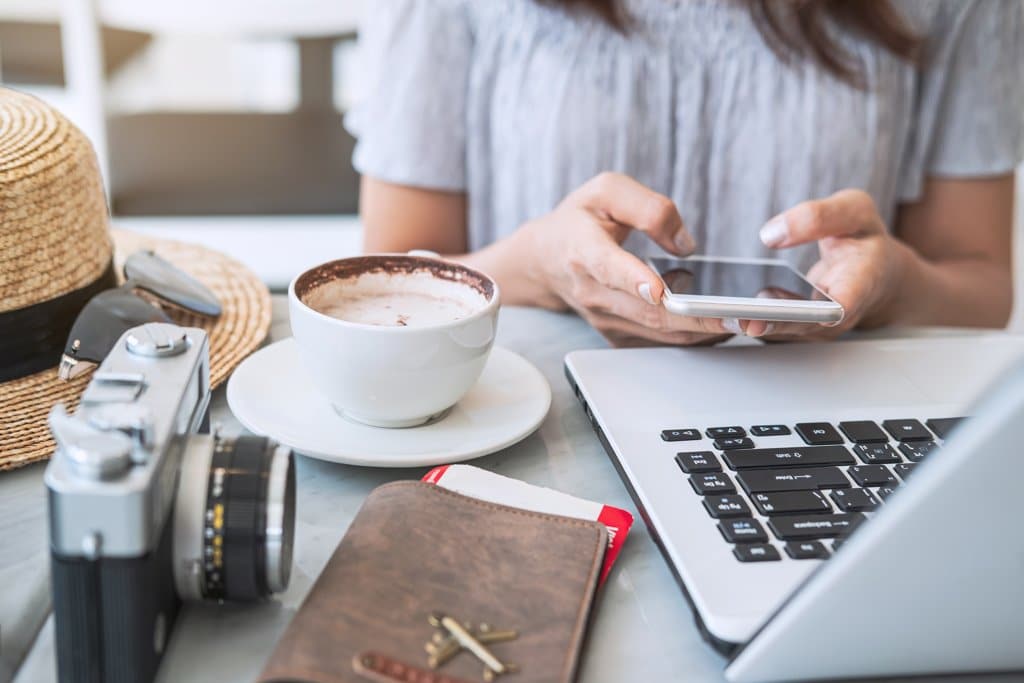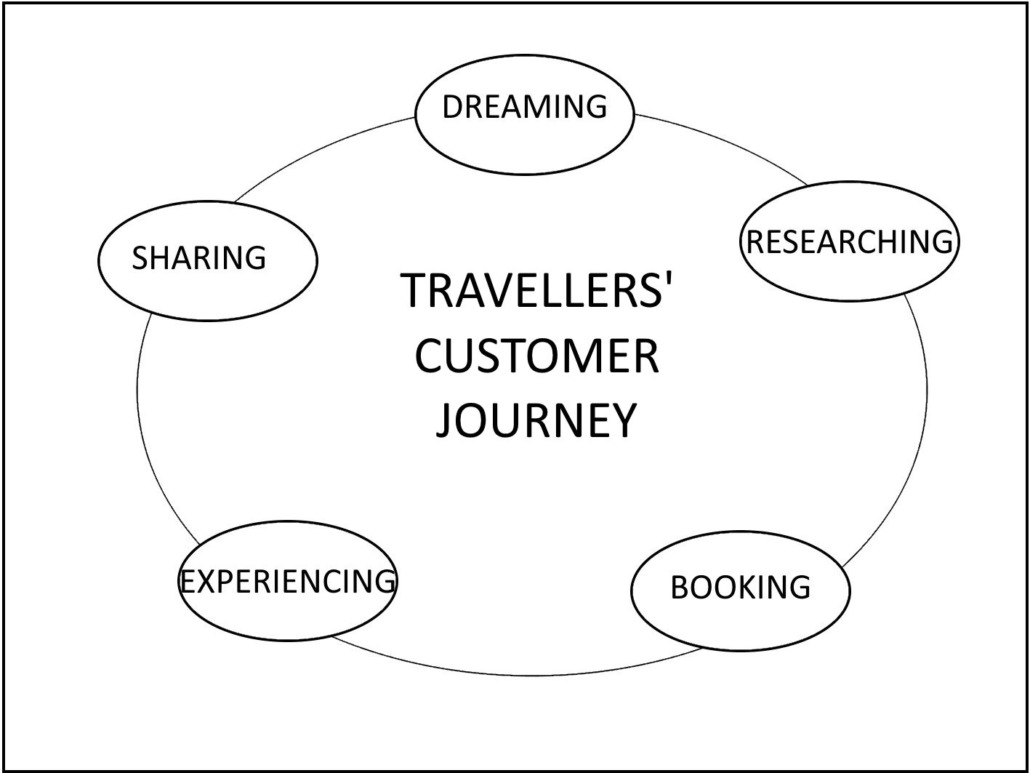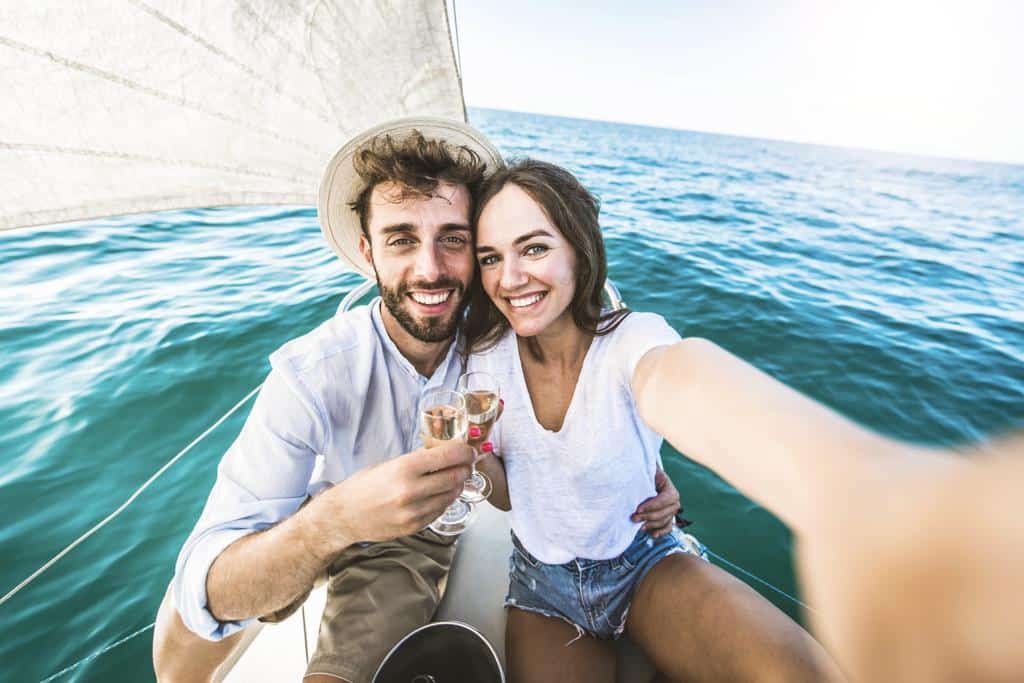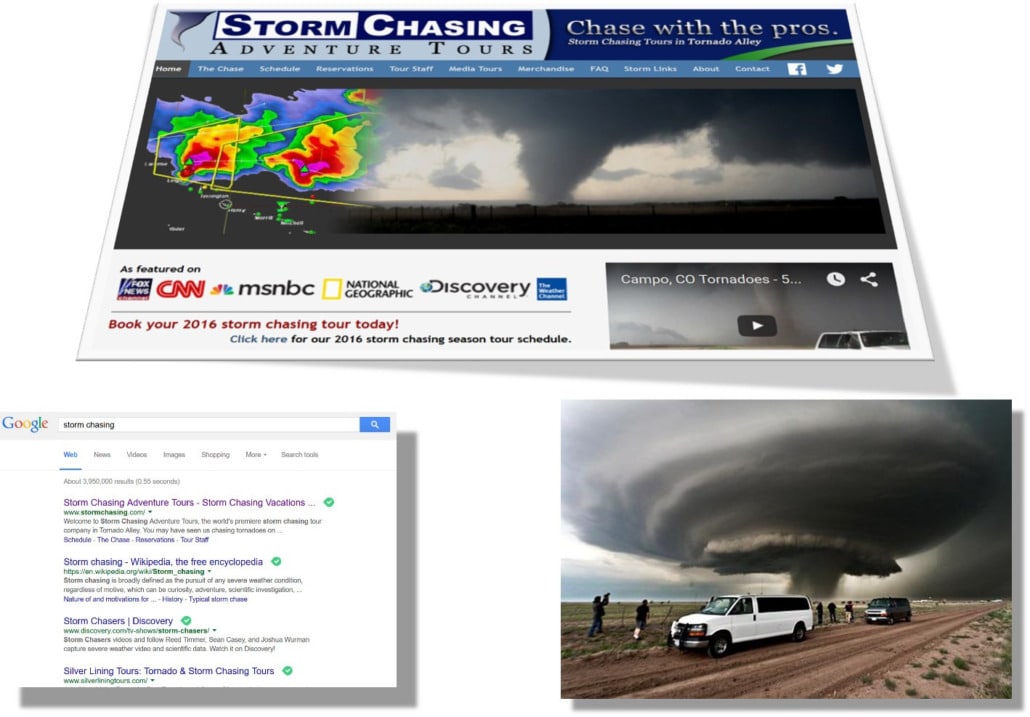Targeted Online Communication in Tourism
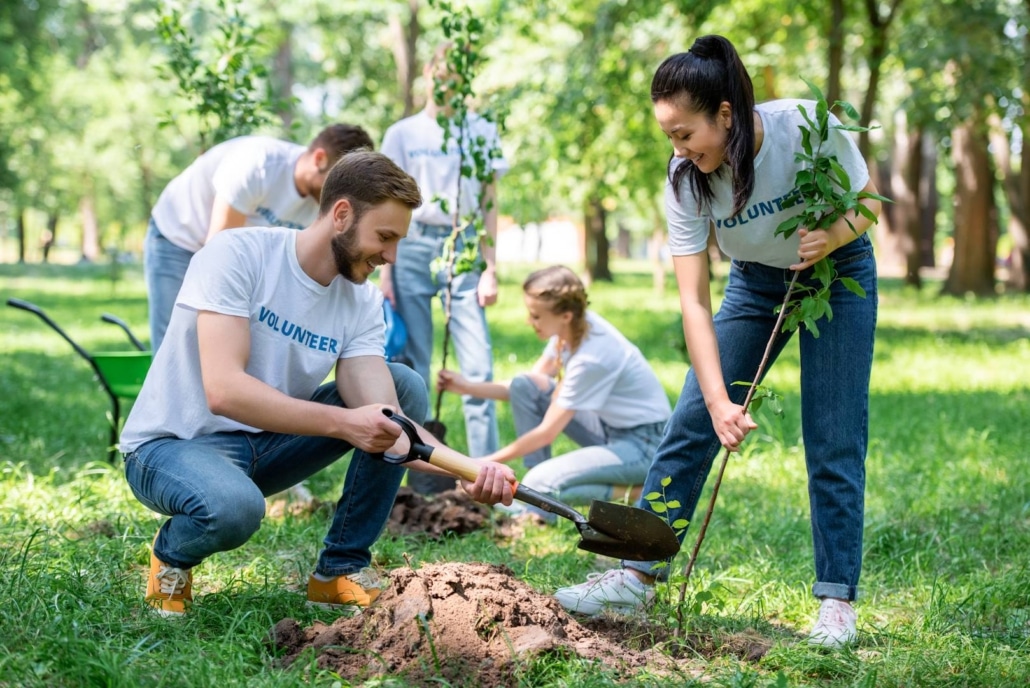
With the development of digital media, which are more widespread and targeted compared to broadcast and generalist media, it is possible to carry out targeted communication towards specific audiences, stimulating the needs, desires, and dreams of particular groups (targets/segments/niches) of tourists with greater precision and detail.
For example, in Figure 1, we see the web page of the globalvolunteers.org website [globalvolunteers, 2023], which showcases different types of volunteer tourism (also known as volunteering or voluntourism). In fact, volunteer tourism, despite already being considered a niche tourism, is no longer a single concept but is divided into numerous categories that volunteers can choose based on their inclinations.
Analyzing the projects offered by the website, which correspond to different types of volunteer tourism, we have the following:
- English conversation
- Healthcare assistance abroad
- Summer camps
- Building repair and painting
- Projects for children abroad
- Parenting workshops
- Classroom tutoring and teaching
- Computer skills
- Gardening
- Food education
- Health and hygiene education
- Administration and finance
- Home visits in villages
- Food production
- Elderly care
- Literacy and math testing
- GED tutoring (General Educational Development)
- Women’s sewing/knitting cooperatives
- Professional assistance
- Housing assistance
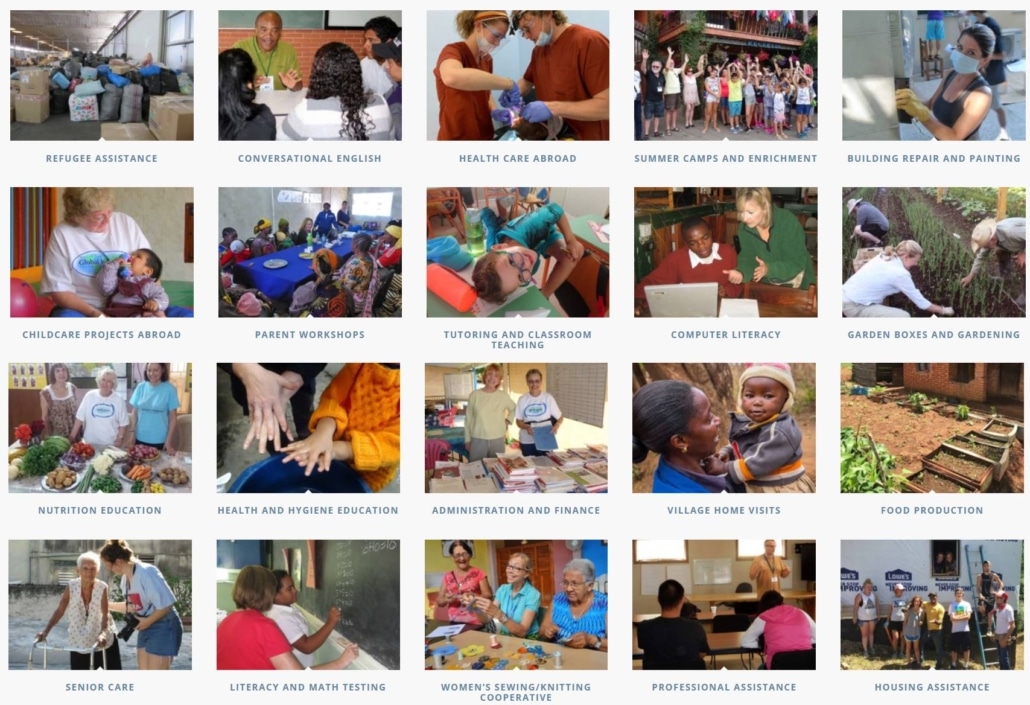
Fig. 1 – The evolution of volunteer travel according to [globalvolunteers, 2023].
If we examine another volunteer travel website (Fig. 2), www.projects-abroad.co.uk/, we find a classification of different volunteer tourism types that partially differs from those found on the previous website. This demonstrates that even tourism niches are highly fluid today, and the challenge of effectively communicating one’s offerings lies in the ability to know, understand, and reach one’s specific target audiences.
Exploring the project menu on the website [projects-abroad, 2023], we encounter a new extensive list of possible volunteer tourism proposals (Fig. 2):
- Volunteer abroad: Childcare; Wildlife conservation; Marine conservation; Teaching; Construction; Women’s empowerment; Youth development; Sports coaching; Archaeology; Refugee support.
- Internship abroad: Medicine and healthcare; Medical internships; Law and human rights; Microfinance; Economics; Engineering; Journalism; Veterinary medicine and animal care; Social work; International development.
- Study abroad: University abroad; Language learning.
- Authentic adventures: Gap year projects; Going beyond: immersive gap year abroad 2021; Discovery tours; Food and wine tours; Traditional healing and wellness; Cultural immersion; Family trips.
- Ethical consumerism travel: Wine and culture; Coffee and chocolate production; Fast fashion awareness; Plastic education and recycling.
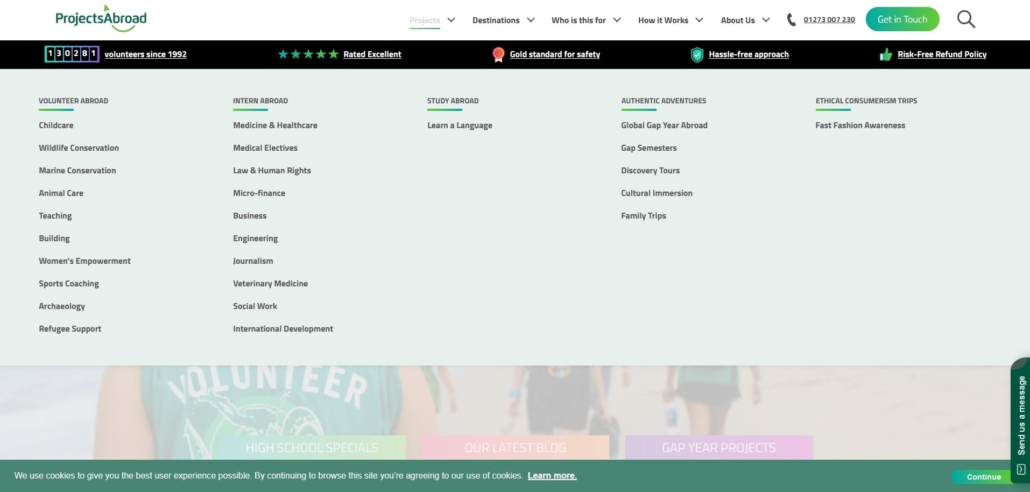
Fig. 2 – The evolution of volunteer travel according to [projects-abroad, 2023].
In conclusion, the emergence of digital media has transformed the landscape of targeted communication, enabling precise and detailed messaging towards specific audiences in the tourism industry. This is exemplified by the evolution of volunteer tourism, which has expanded into numerous categories catering to volunteers’ diverse inclinations. Websites like globalvolunteers.org and projects-abroad.co.uk exemplify the fluidity of tourism niches, as they offer distinct classifications of volunteer tourism types. The challenge lies in effectively communicating offerings to these specific target audiences, necessitating a deep understanding and knowledge of their preferences. As the tourism industry continues to evolve, it is crucial for providers to adapt their communication strategies to effectively reach and engage their desired segments. By doing so, they can successfully promote their offerings and meet the evolving needs and desires of today’s travelers.
References:
[globalvolunteers, 2023] globalvolunteers.org
[projects-abroad, 2023] www.projects-abroad.co.uk/
[Rossi, A. 2022] Rossi A., Comunicazione Digitale per il Turismo, KDP, 2022
#TargetedCommunication; #DigitalMedia; #TourismIndustry; #VolunteerTourism; #Volunteering; #Voluntourism; #NicheTourism; #SpecificAudiences; #TourismSegments; #DigitalMarketing; #AudienceTargeting; #CommunicationStrategies; #TravelIndustry; #TourismTrends; #VolunteerTravel; #TourismEvolution; #TourismNiche; #InclusiveTourism; #TravelersPreferences; #SustainableTourism


